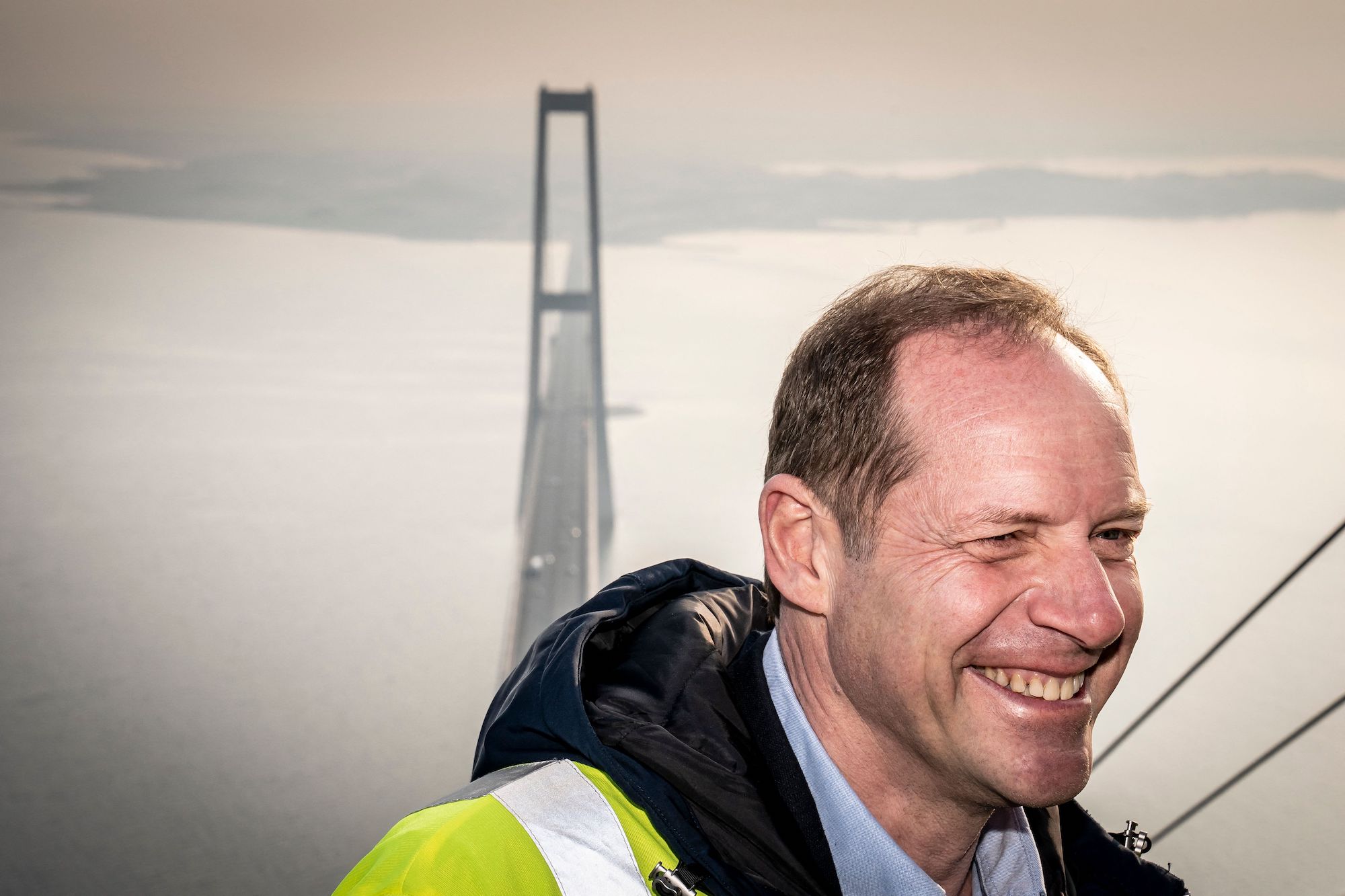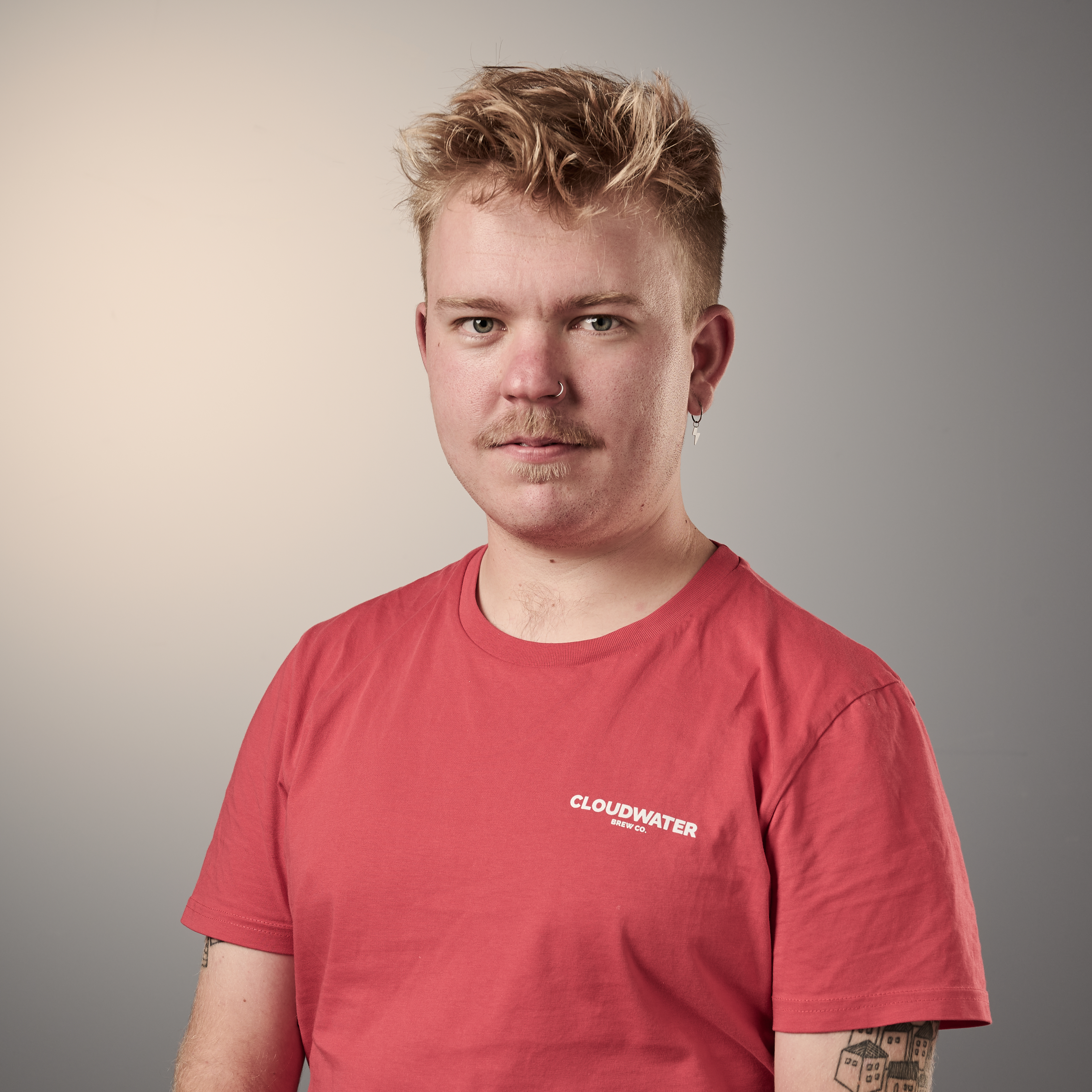Marxism meets meteorology on Tour de France stage two's Great Belt Bridge
The peloton will ride across the Great Belt Bridges on the way to Nyborg on Saturday afternoon, with wind forecast


The French Marxist philosopher Henri Lefebvre divided space into three distinct but linked categories: the perceived, conceived and lived; or the physical, mental and social.
One can know what part of the course of the Tour de France actually looks like, what it actually is, this is the perceived space. Next, there is the conception of the space, what one thinks it will be like, before actually being there, this is the conceived space. Finally, there is the lived, the social, what it actually is like once one has been there, once people are there.
Now, Lefebvre, the Marxist philosopher he was, might have been thinking about space in more political, serious terms than a frippery like a bike race, but it is still applicable.
“Space is not a scientific object removed from ideology or politics," the Frenchman wrote. "It has always been political and strategic. There is an ideology of space. Because space, which seems homogeneous, which appears as a whole in its objectivity, in its pure form, such as we determine it, is a social product.”
On stage two, the Tour peloton will go somewhere it has never been before, the Great Belt Fixed Link, an 18km-long crossing of the Great Belt Strait, between the islands of Zealand, where the stage starts, and Funen, where the stage finishes. It consists of two bridges, one being 6km long, and the other 7km, with the island of Sprogø in the middle.
This gives us the perfect opportunity to use Lefebvre's theory of space, which was developed in his work La production de l’espace in the 1970s. First, we can know what the bridges actually are, two structures built in the 90s to connect Denmark, which are both part of the E20 motorway network. They do not usually allow cyclists across it, only motor vehicles, so the Tour's 170ish riders will be unique in crossing the Great Belt under their own steam.
Second, there is the conceived space. There has been a lot of talk about dangers to the peloton presented by crossing such an open space for so long; there is the potential for crosswinds to break the race apart as the peloton is exposed on both sides. We know it will look fantastic, to see the best riders in the world effectively isolated in the middle of the Baltic Sea, but we cannot know what will actually happen.
The latest race content, interviews, features, reviews and expert buying guides, direct to your inbox!
This brings us to the lived space, and seeing as cyclists are not usually allowed on the Great Belt Link, let alone a bike race, this will be a new one for everyone. It may just be that there is a block headwind on the peloton, that it is unpleasant but not hectic or dangerous to ride across. Or chaos might ensue.
Talking about the course earlier this year, its designer Thierry Gouvenou discussed the possibilities presented by the unique ending to stage two.
“The wind blows non-stop there,” Gouvenou said. “It is usually a three-quarter headwind, but there will definitely be moves, and one man’s pain will be another man’s gain.”
It is not the first time that the Tour will cross over a bridge, of course, there was the threat of the wind blowing two years ago when it crossed the Pont de l'île d'Oléron and then the Pont de l'île de Ré on stage 10, but nothing came of that.
What is different about this one is that it is so long, and that as it is the first week. Nerves will be high in the peloton, and there will be riders fretting about the possibility of splits in the race, things going wrong.
Speaking after the opening stage, Caleb Ewan of Lotto Soudal, one of the favourites should it come down to a bunch sprint on Saturday, said that the whole day will be stressful rather than just the bridge at the end.
"I'm pretty sure there's a headwind on the bridge tomorrow, but anything can change. If there are crosswinds on the bridge it's going to be carnage."
Chris Hamilton, whose Team DSM squad contains two possible sprint options in John Degenkolb and Alberto Dainese, was also wary about the possibility of chaos on Saturday.
"I mean every day, the wind forecast changes, you know, so we just have to wait and see for sure," he said. "It's gonna be a stressful day. I think wind or no wind. The first sprint stage of the Tour is, pretty, pretty tense. It could be a block headwind in the end, and it's a lot of hype over nothing. Mother Nature's gonna decide I guess."
Mother Nature certainly will, but Saturday's stage will also give the Tour de France a brand new space to tackle, one that brings unknowns with it. The peloton will live the space, make it their own, create a whole new story.

Adam is Cycling Weekly’s news editor – his greatest love is road racing but as long as he is cycling, he's happy. Before joining CW in 2021 he spent two years writing for Procycling. He's usually out and about on the roads of Bristol and its surrounds.
Before cycling took over his professional life, he covered ecclesiastical matters at the world’s largest Anglican newspaper and politics at Business Insider. Don't ask how that is related to riding bikes.